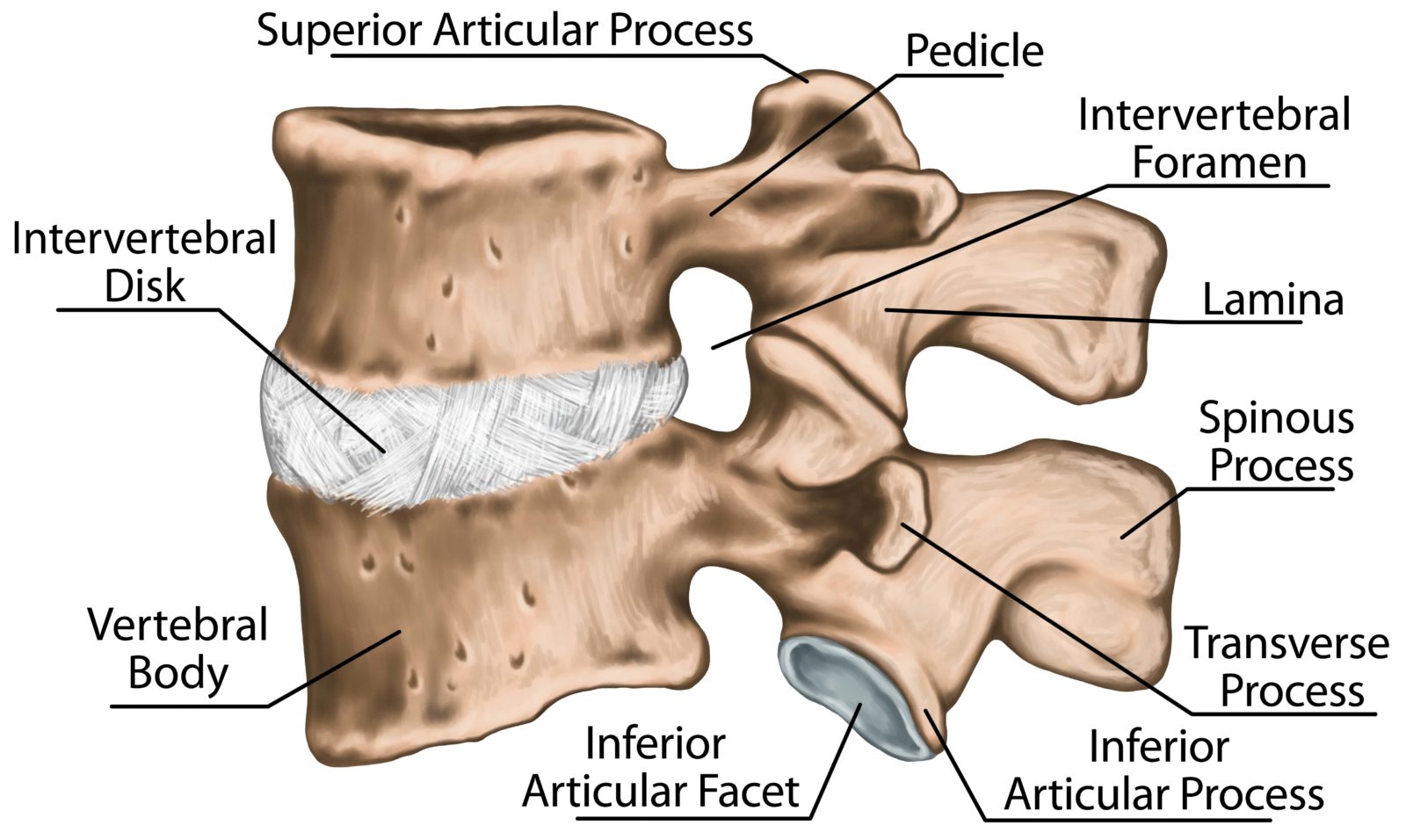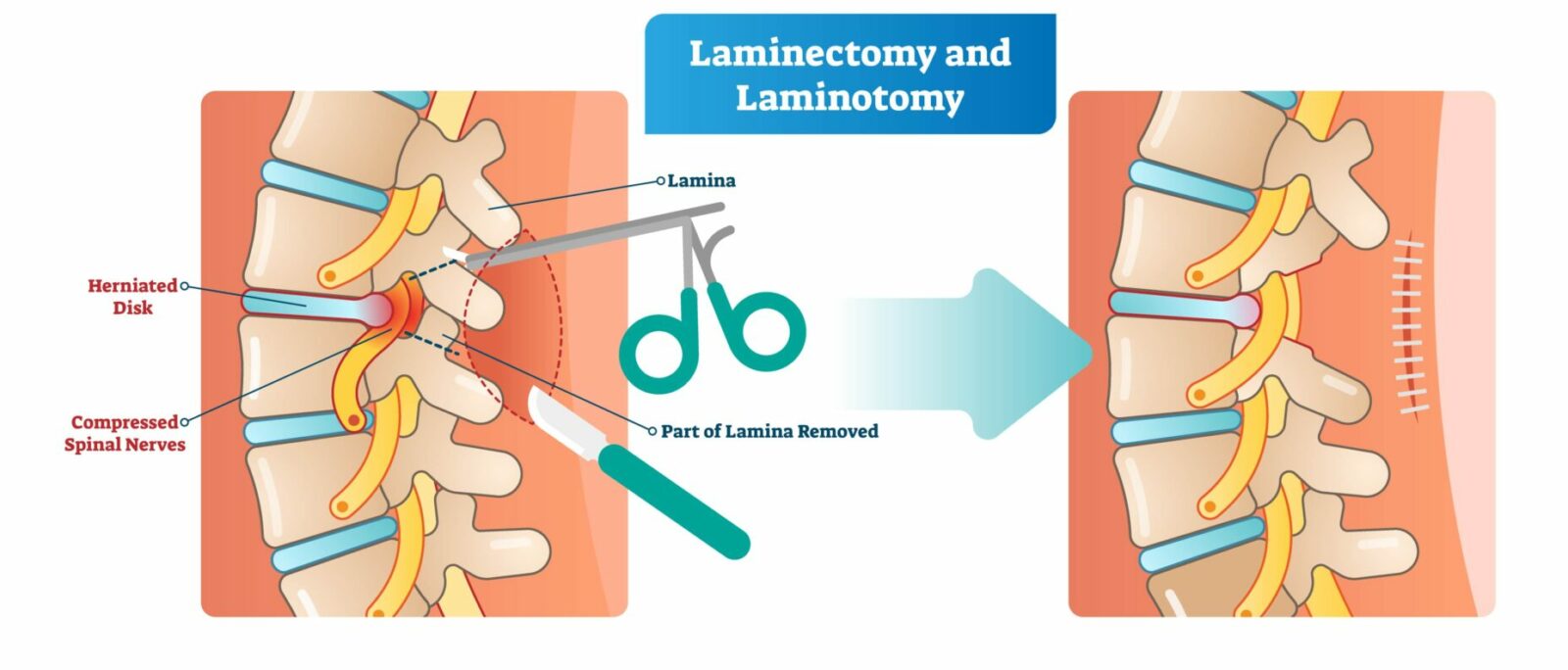When it comes to spinal surgery, there are a variety of techniques that your surgeon may use. The technique they choose will depend on factors like your medical history, diagnosis, and the severity of the problem. In some cases, more than one technique may be appropriate to treat a specific spinal condition. For example, laminotomies and laminectomies are two techniques that use spinal decompression to treat spinal issues. Despite their similar-sounding names, however, laminotomies and laminectomies are slightly different. It is important to recognize and understand their similarities and differences to know how surgery will affect you.
Similarities
For starters, both laminotomies and laminectomies involve a part of your spine known as the lamina. The lamina is the roof of the spinal canal that protects the spinal cord and nerves. Parts of the lamina are flattened, while other parts are arched over the spinal canal. Both laminotomies and laminectomies deal with the removal of this structure, but we will get more into that in a while.
Laminotomies and laminectomies are also both known as spinal decompression surgeries. The spine can become compressed when spinal stenosis causes the spinal canal to narrow or when arthritis causes overgrowths to form on the spinal discs and joints. When these conditions cause compression in the spinal canal, this causes the nerves within the spinal canal to also become compressed. As a result, patients may suffer from one or all of the following:

- Radiating pain
- Numbness
- Weakness
- Tingling
- Electric shock-like sensations
- Bowel or bladder problems
- An inability to walk or move for long periods of time
Although these symptoms can be alleviated with non-surgical treatments, there are certain cases where surgery is recommended. The ultimate goal of spinal decompression surgery, both laminectomies and laminotomies, is to alleviate nerve compression in order to resolve these symptoms.
Laminectomy
During a laminectomy, the entire lamina is removed, as well as any surrounding ligaments that have thickened and are contributing to the problem. By removing the lamina and thickened ligaments, more room is freed up in the spinal canal to allow for proper nerve function. Laminectomies can be performed as an open surgery or as a minimally-invasive procedure.
Laminectomies are most commonly performed to treat spinal stenosis in the lower back (lumbar laminectomy), however they can also be used to treat herniated discs. This is because removing the lamina allows the surgeon more space to access and correct the affected disc. Although not as common, some other conditions that may benefit from laminectomies include: spinal tumors, infections such as epidural abscess, neurologic defects, cauda equina syndrome, or cases where other treatments have failed to relieve nerve pain.

Laminotomy
During a laminotomy only part of the lamina is removed, generally from either the left or right side of the spinal canal. Laminotomies can be performed on both the upper and lower spine, and it is one of the most commonly performed spinal surgeries. When having a laminotomy, your surgeon will drill a small hole into the lamina in order to access the underlying tendons. Oftentimes, the tendons will thicken and contribute to spinal compression. Therefore, your surgeon will remove thickened tendons, as well as any overgrowths of bone tissue while leaving your lamina in place. Since laminotomies remove less than laminectomies, they can usually be performed using a minimally invasive technique.











 in CA by O360®
in CA by O360®